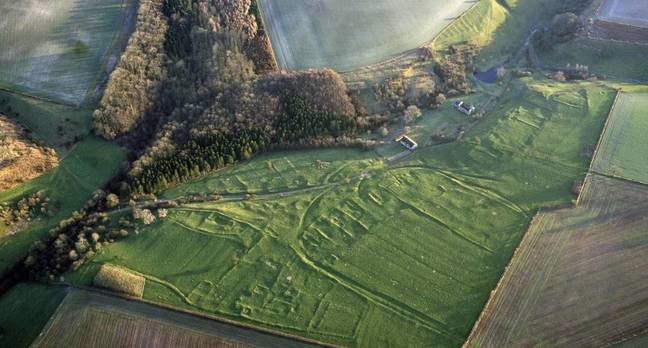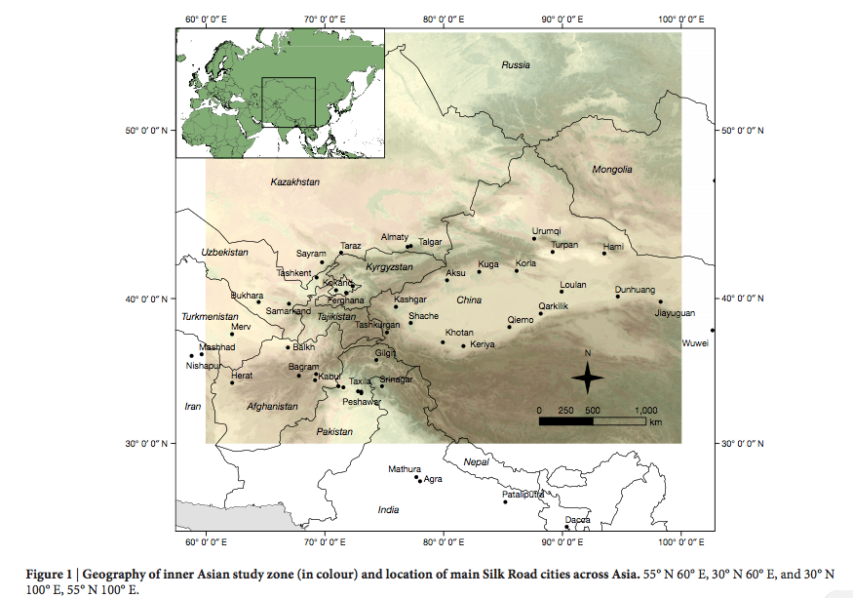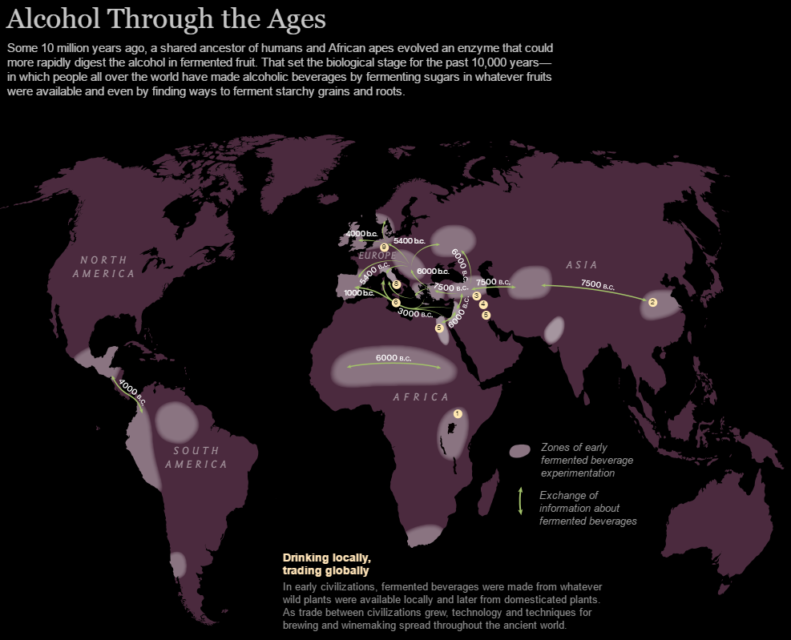… from time to time, the soil pushes up clues, particularly in the fens, where the waterlogged earth creates anaerobic conditions that slow decay. One summer day in 1999, a local archeologist was walking at Must Farm, along the edge of a disused clay pit; at one time it was filled with water, but the water level had dropped enough to reveal some wooden stakes poking out. The Cambridge Archaeological Unit, which operates out of the university, an hour’s drive away, did some exploratory work and found, through radiocarbon dating, that the material dated from about 900 B.C. The site was monitored for several years, until Historic England, a government agency devoted to preserving the country’s heritage, began to press for it to be properly excavated. Last September, with funding from Historic England and the brick-making company Forterra, a team of about a dozen archeologists went to work.
Each day, they are making discoveries that are radically expanding the knowledge of Bronze Age Britain. The site is unparalleled in the U.K. for its wealth of artifacts and the pristine state of their preservation. Three thousand years ago, it was a settlement of wooden roundhouses, but life there ended abruptly: a fire tore through it, and the buildings collapsed, sank into the marshland, and were quickly entombed by silt and mud. “In archeology, very occasionally, there is the feeling that you have turned up just a week too late, that the people who were here have just moved on,” Mark Knight, the archeologist in charge of excavation at Must Farm, told me when I visited for a day in April. “This site has that feeling to it. Normally in Britain, when you dig, three thousand years of history seems manifest in the remains, because the most you tend to find is a few postholes and a potsherd. Here, somehow, the time span feels short. It’s so intact, so three-dimensional.” Inevitably, perhaps, the site has been nicknamed the Pompeii of Peterborough.
[…]
We stood on a low rise, and in the dip below us was a white tent about a quarter the size of a football field, erected to cover the archeological site and keep it from drying out in the harsh East Anglian wind. Knight led me down a path toward it. At the top of the slope, marking the present day, were fragments of bricks, rejects from the nearby factory. Farther down, he indicated a dark layer of earth. “This is Iron Age peat,” he said. And a few steps later: “This is where the sea came in, in the early Roman period, the first century A.D.” As we approached the tent, he said, “Now we’re down into the period where we’re excavating, around 900 B.C.—river channels. Can you see the shells of freshwater mussels?” Inside the tent, the excavation was being conducted two metres below the surface; had we been able to continue down another eighteen metres, to the level of the base of the quarry, we would have arrived at the Jurassic, a hundred and forty-five million years earlier.
From a viewing platform, we could look down on the whole excavation: a large, muddy, roughly rectangular area from which a number of wooden stakes poked up. Gradually, some of the stakes resolved themselves into the shape of a palisade that had once encircled the whole settlement. Inside this enclosure, I could make out individual objects—a human skull, the spine of a horse, something that looked like a woven-willow fence, the lips of pots, all half-buried. “There are some bowls,” Knight said. “There’s a wooden platter. There’s a big wooden trough. Over there, a storage vessel.”
Also within the perimeter of the palisade were three large shapes, each comprising a number of wooden rafters radiating unevenly outward from a central point, like the spokes of a broken umbrella. These were the collapsed roofs of the roundhouses. Several archeologists were working on excavating a fourth. They had already lifted and removed its roof timbers and were uncovering the dwelling’s contents, now compressed by three millennia of mud. They scraped with their trowels methodically, emptying the dirt into buckets that would later be sifted for small finds. One researcher, who looked to be in his twenties, wore a sweatshirt with the words “MY FUTURE LIES IN RUINS.”






